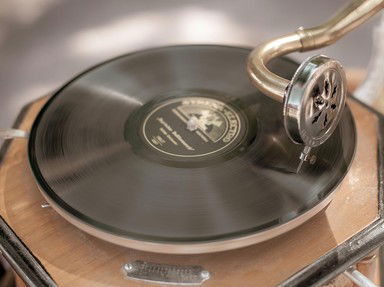Quiz Answer Key and Fun Facts
1. What female blues singer, known as the "Empress of the Blues," had hits with songs like "Downhearted Blues" and "Gulf Coast Blues" in the 1920s?
2. First published in 1924 and written by Isham Jones and Gus Kahn, what romantic standard ("Why do I sigh? Why don't I try to forget?") became a big favorite among both pop and jazz musicians?
3. What legendary jazz cornetist and trumpeter from New Orleans became one of the most influential figures in jazz history during the 1920s with his band the Hot Five?
4. What composer of stage musicals wrote "Rhapsody in Blue" in 1924, blending classical music with jazz elements?
5. Which songwriter and lyricist, famous for "What'll I Do?", "Puttin' on the Ritz", and later "White Christmas" was one of the most successful and prolific Tin Pan Alley composers of the 1920s?
6. Which composer and bandleader, known for pieces like "Take the 'A' Train" and his performances in the Harlem scene, rose to fame in the late 1920s?
7. What smooth recording became a huge commercial hit for crooner Gene Austin in 1927 and one of the era's best-selling singles, defining the popular ballad sound?
8. What upbeat novelty song ("I declare, I declare / That sure is worth looking at / Oh boy, how sweet those lips be") written in 1927 by Milton Ager and Jack Yellen captured the decade's flirty spirit and would later be covered by both jazz and pop bands?
9. Which Harlem venue became one of the most famous clubs of the 1920s, featuring top African American performers but segregated audiences?
10. Which 1920s dance craze, often performed to jazz music, featured energetic kicks and flailing arms, a brilliant and animated encapsulation of the decade's rebellious spirit?
Source: Author
JJHorner
This quiz was reviewed by FunTrivia editor
agony before going online.
Any errors found in FunTrivia content are routinely corrected through our feedback system.
